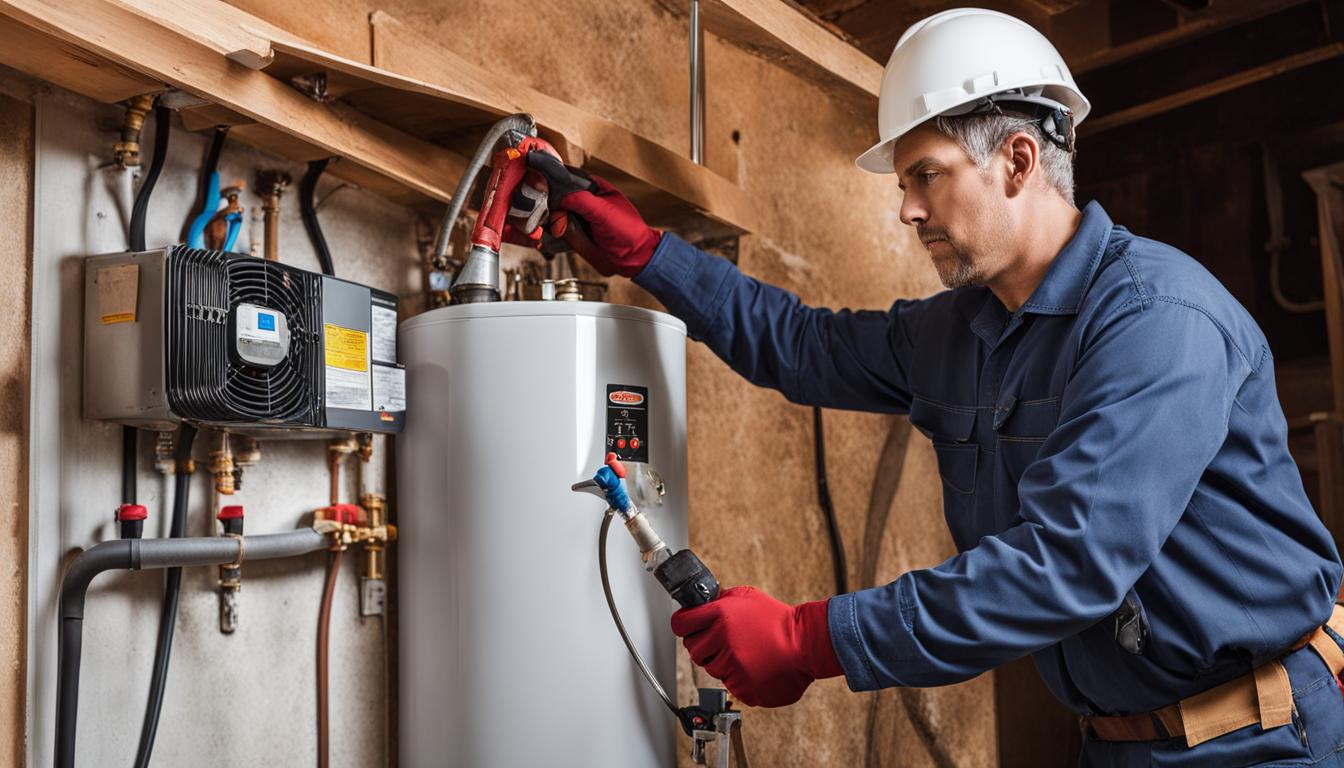What are your thoughts and feelings on Tips on Maintaining a Water Heater?

Warm water is necessary for day-to-day convenience, whether it's for a rejuvenating shower or washing recipes. To ensure your hot water system runs effectively and lasts longer, routine maintenance is essential. This short article offers useful suggestions and insights on how to keep your home's warm water system to prevent interruptions and expensive repair work.
Intro
Preserving your home's hot water system could seem challenging, yet with a couple of straightforward steps, you can guarantee it runs smoothly for many years to come. This overview covers everything from recognizing your warm water system to do it yourself maintenance ideas and recognizing when to hire expert help.
Importance of Keeping Your Warm Water System
Routine maintenance not just prolongs the lifespan of your warm water system but also guarantees it runs efficiently. Ignoring upkeep can cause decreased performance, higher power bills, and also premature failing of the system.
Signs Your Warm Water System Demands Maintenance
Recognizing when your hot water system requires attention can stop significant issues. Keep an eye out for indications such as irregular water temperature, odd noises from the heating unit, or corroded water.
Comprehending Your Warm Water System
Before diving into upkeep tasks, it's practical to understand the standard parts of your hot water system. Normally, this includes the water heater itself, pipelines, anode poles, and temperature controls.
Regular Monthly Upkeep Tasks
Regular regular monthly checks can assist capture minor problems before they intensify.
Purging the Water Heater
Flushing your water heater eliminates debris build-up, enhancing efficiency and lengthening its life.
Monitoring and Replacing Anode Rods
Anode poles stop rust inside the tank. Inspecting and changing them when worn is vital.
Checking and Adjusting Temperature Level Settings
Adjusting the temperature setups makes sure optimal performance and safety and security.
Do It Yourself Tips for Maintenance
You can perform numerous upkeep tasks yourself to maintain your hot water system in leading problem.
Looking for Leakages
Consistently inspect pipes and connections for leaks, as these can cause water damages and greater bills.
Evaluating Stress Alleviation Valves
Testing the pressure safety valve guarantees it functions correctly and stops excessive pressure build-up.
Insulating Pipes
Shielding warm water pipes decreases warmth loss and can save power.
When to Call a Specialist
While DIY upkeep is beneficial, some issues need professional knowledge.
Facility Issues Calling For Professional Help
Instances include significant leakages, electrical troubles, or if your water heater is continually underperforming.
Routine Expert Upkeep Benefits
Expert upkeep can include thorough assessments, tune-ups, and making certain compliance with security criteria.
Final thought
Normal maintenance of your home's warm water system is necessary for efficiency, durability, and cost financial savings. By complying with these pointers and understanding when to seek specialist assistance, you can guarantee a dependable supply of warm water without unexpected disturbances.
How to Maintain an Instant Hot Water Heater
Before tinkering with your hot water heater, make sure that it’s not powered on. You also have to turn off the main circuit breaker and shut off the main gas line to prevent accidents. Also turn off the water valves connected to your unit to prevent water from flowing into and out of the appliance. 2. When you’re done, you have to detach the purge valves’ caps. These look like the letter “T” and are situated on either side of the water valves. Doing so will release any pressure that has accumulated inside the valves while at the same time avoid hot water from shooting out and burning your skin. 3. When the purge valves’ caps are removed, you have to connect your hosing lines to the valves. Your unit should have come with three hoses but if it didn’t, you can purchase these things from any hardware or home repair shops. You can also get them from retail stores that sell water heating systems. Read the user’s manual and follow it to complete this task properly. When the hosing lines are connected, open the purge port’s valves. 4. You should never use harsh chemical cleaners or solutions when cleaning your unit. Make use of white vinegar instead. It should be undiluted and you’ll probably use about 2 gallons. 5. Now flush your water heater. This task should probably take about 40 minutes. We can’t give you specific directions for this because the procedure is carried out depending on the type, model and brand of your heater. With that being said, refer to the user’s manual. 6. When you’re done draining the unit, you have to turn off the purge port valves again. Remove the hosing lines that you earlier installed on each of the water valves. Put the valve caps (purge port) back in their respective places and be very careful so as not to damage the rubber discs that are found inside these caps. 7. Now that everything’s back in place, check your user’s manual again to find out how to reactivate your water heating system. 8. Once it is working, turn one of your hot water faucets on just to let air pass through the heater’s water supply pipes. Leave the tap on until water flows smoothly out of it. https://www.orrplumbing.com/blog/2014/september/how-to-maintain-an-instant-hot-water-heater/

As a fervent person who reads on Water Heater Maintenance Tips You Can't Afford to Forget, I was thinking sharing that short article was smart. I beg you take the time to share this post if you appreciated it. We take joy in your readership.
Click Here